It can be said that the situation of counterfeit paintings in the Indochina painting genre has become popular and increasingly sophisticated. Not only stopping at copying signatures or techniques, many paintings also have the entire transaction context, biography of the work and exhibition records artificially created.
Ace Le is an art researcher and Sotheby's first Market Director for Vietnam. He is the curator of a series of pioneering exhibitions on Indochinese paintings such as “Hon Xua Ben La” (2022) and “Mong Vien Dong” (2023). In 2025, he co-curated “Troi, Son, Nuoc”, the first retrospective exhibition of former Emperor Ham Nghi in Vietnam.
 |
| The public visits the exhibition of paintings "Sky, mountains, water" by King Ham Nghi in Hue City, March 2025. Photo: LE HIEU |
Commenting on the risk of counterfeit paintings, Ace Le said: “Over the past decades, one of the most prominent problems in the Vietnamese art market has been the lack of transparency in prices, origins and authenticity of works. The inspection work of the vast majority of current auction houses for Indochina paintings is relatively sketchy.”
Larger floors, if they have enough budget, will hire a separate expert on Vietnamese paintings, or join them to be in charge of the modern paintings section of Southeast Asia or Asia. At smaller floors, one person will have to be in charge of more areas, including paintings, antiques and other types of art.
The core of the fake art crisis lies not in individual acts of fraud but in the absence of a professional appraisal and archiving system. Indochina fine arts, affected by war, migration and political upheaval, have lost many original documents on origin, exhibition, preservation process... This makes the verification of genuine paintings extremely difficult.
With daily expertise in painting appraisal, according to Ace Le, this job has 3 main stages: background appraisal, visual and forensic. Background appraisal compares information about the history of buying and selling and owning paintings with the database to determine the authenticity of the painting. The perfect chain of information will include each stage of the painting's transfer - time, location, seller, buyer and related evidence such as certificates, purchase invoices, sales catalogs, posters mentioning the painting, pictures, videos , articles or books with notes about the painting, stamps and labels of galleries or auction houses on the painting or frame.
These are undeniable “hard” evidences. For example, the painting “Folk Singer” by Nguyen Phan Chanh appeared in the exhibition photos of the Indochina College of Fine Arts in 1930 and in the Paris exhibition records in 1931, and at the same time had a very transparent and civilized transaction history.
Visual appraisal is the process of analyzing the brushwork and signature in a painting, comparing them with the artist's body of work to conclude whether the style is consistent or not. This is not easy and requires the researcher to have a wealth of knowledge and experience with not only that author but also that period. Visual factors to pay attention to include: Painting size, material, subject, composition, color and technique in general. In terms of signatures, it can tell us a lot: handwritten or stamped signature, year of creation, whether there is an accompanying note or not...
Finally, forensic examination is the process of examining the painting and its constituent materials using various methods. In Vietnam, there is no agency with the capacity and equipment to provide this service to the market. Major museums around the world have this department, so they can chemically analyze a small sample to determine the age of the lacquer, thereby distinguishing between a genuine painting and a newly copied one.
Collecting paintings is a laborious profession. Ace Le's advice to collectors when starting out is not to rush but to have enough time to observe, research and chat with friends in the community as well as reputable experts. New players need to learn how to observe, learn about the history of the work, check documents, and compare information with the professional community. A million-dollar painting cannot be without accompanying documents. Even small details such as the signature style, year of creation, brushstrokes or frame material are signs that can distinguish real paintings from copies.
Source: https://www.qdnd.vn/van-hoa/doi-song/cuoc-chien-minh-dinh-gia-tri-tranh-dong-duong-1010466


![[Photo] Ca Mau "struggling" to cope with the highest tide of the year, forecast to exceed alert level 3](https://vphoto.vietnam.vn/thumb/1200x675/vietnam/resource/IMAGE/2025/11/04/1762235371445_ndo_br_trieu-cuong-2-6486-jpg.webp)

![[Photo] Ho Chi Minh City Youth Take Action for a Cleaner Environment](https://vphoto.vietnam.vn/thumb/1200x675/vietnam/resource/IMAGE/2025/11/04/1762233574890_550816358-1108586934787014-6430522970717297480-n-1-jpg.webp)
![[Photo] Panorama of the Patriotic Emulation Congress of Nhan Dan Newspaper for the period 2025-2030](https://vphoto.vietnam.vn/thumb/1200x675/vietnam/resource/IMAGE/2025/11/04/1762252775462_ndo_br_dhthiduayeuncbaond-6125-jpg.webp)

![[Photo] The road connecting Dong Nai with Ho Chi Minh City is still unfinished after 5 years of construction.](https://vphoto.vietnam.vn/thumb/1200x675/vietnam/resource/IMAGE/2025/11/04/1762241675985_ndo_br_dji-20251104104418-0635-d-resize-1295-jpg.webp)






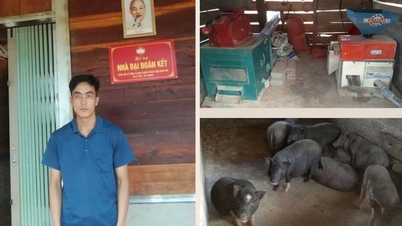

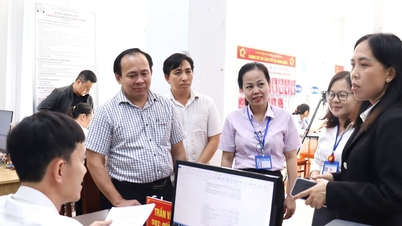










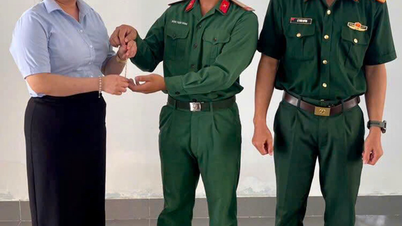

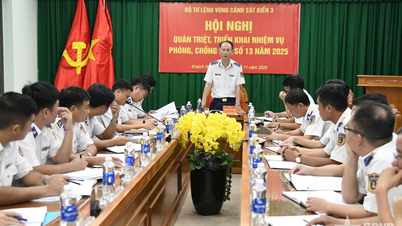
























































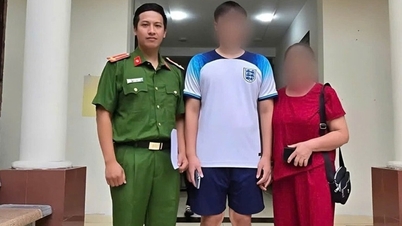

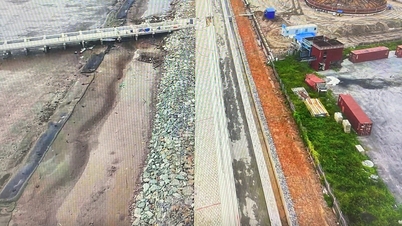












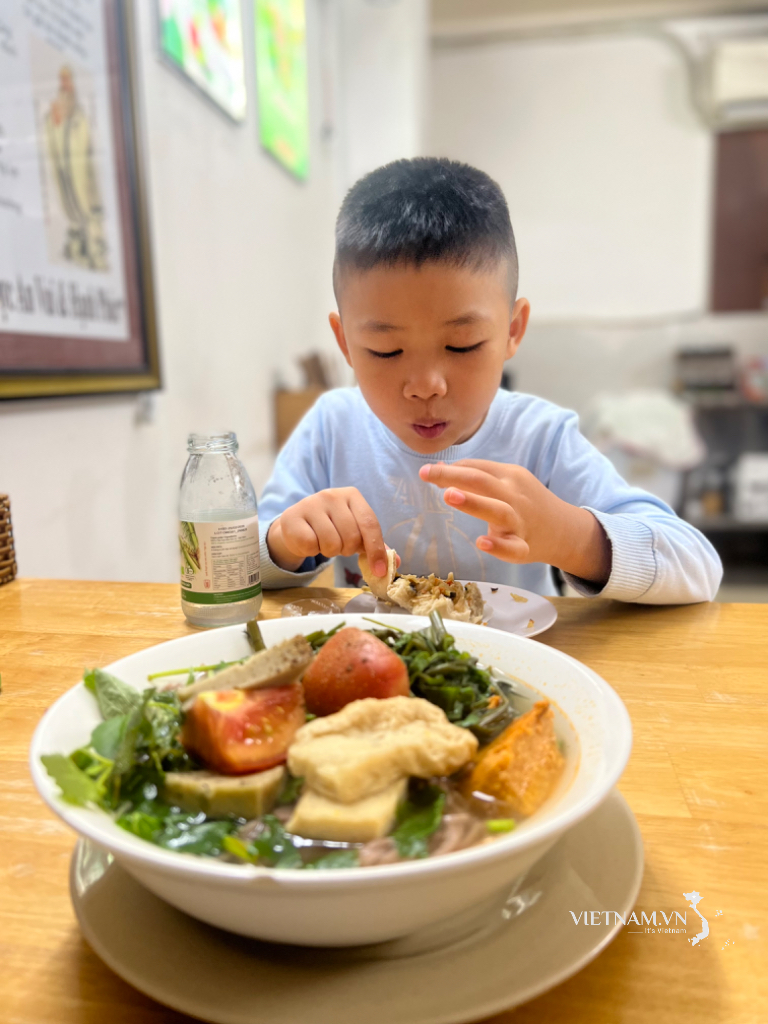

Comment (0)